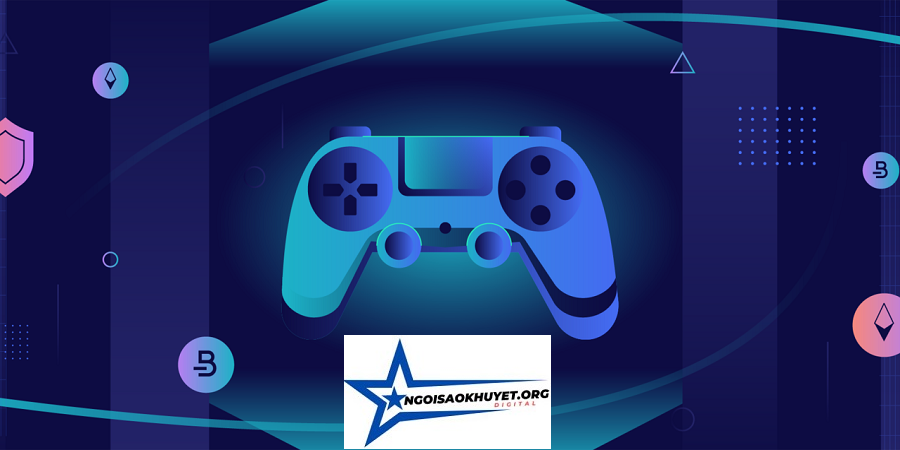GameFi , short for “Game Finance,” is a concept that merges elements of decentralized finance (DeFi) with gaming. GameFi platforms often incorporate staking mechanisms to incentivize users and provide them with rewards. Staking involves locking up a certain amount of cryptocurrency in a wallet to support the operations of a blockchain network or a decentralized application (DApp). Here’s how staking rewards might work in a GameFi context:
- Staking Game Tokens:
- Mua backlink – In GameFi, players can stake their in-game assets or native tokens on the blockchain. These assets might include characters, skins, weapons, or other items represented as non-fungible tokens (NFTs) or fungible tokens.
- Rewards Distribution:
- Users who stake their tokens contribute to the security and functionality of the GameFi ecosystem. In return, they receive staking rewards. These rewards can be distributed in the form of the native token of the GameFi platform.
- Yield Farming in Games:
- GameFi platforms might also implement yield farming mechanisms, where users earn additional tokens by providing liquidity or staking assets in specific pools. These yield farming incentives can be designed to encourage liquidity provision to certain in-game asset markets.
- Governance Participation:
- Some GameFi platforms may integrate governance tokens, allowing stakers to participate in the decision-making process regarding the development, updates, and governance of the game. Stakers could earn additional rewards for actively participating in the governance process.
- NFT Staking Pools:
- Platforms might create staking pools specifically for NFTs. Users could stake their NFTs to earn rewards, fostering liquidity and engagement with the in-game asset ecosystem.
Learn about: Decentralized NFT Game Development
- Staking Tiers and Bonuses:
- GameFi platforms might implement different staking tiers, with higher staking amounts earning proportionally higher rewards. Additionally, bonus reward structures could be applied to incentivize long-term staking commitments.
- Dynamic Staking Pools:
- Dynamic staking pools adjust their rewards based on various factors such as the total value locked (TVL), staking duration, or other game-specific metrics. This can create a dynamic and responsive staking environment.
- Cross-Platform Staking:
- GameFi ecosystems could allow for cross-platform staking, enabling users to stake their tokens or NFTs across multiple games or platforms that share the same blockchain infrastructure.
Related Articles: NFT Gaming Asset Trading
It’s important to note that the specifics of staking rewards in GameFi can vary widely depending on the particular platform’s design, the blockchain used, and the game’s mechanics. As GameFi is an evolving concept, developers continue to experiment with new models and features to enhance the gaming experience and attract a broader user base. Users interested in GameFi staking should carefully review the terms and conditions of each platform and understand the associated risks.

